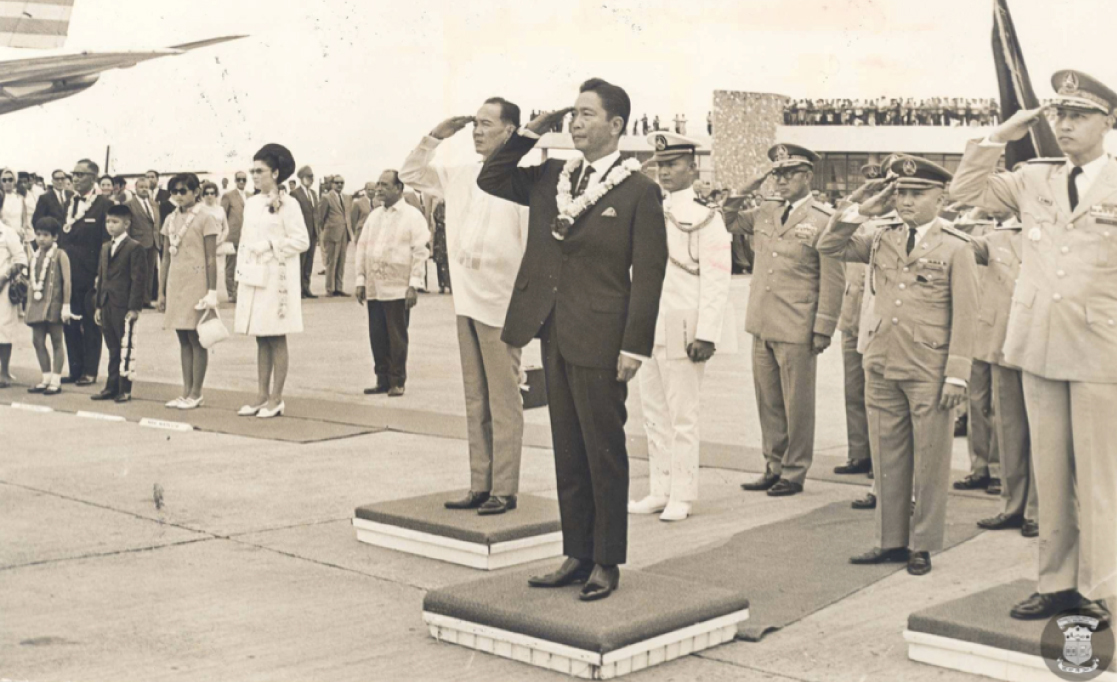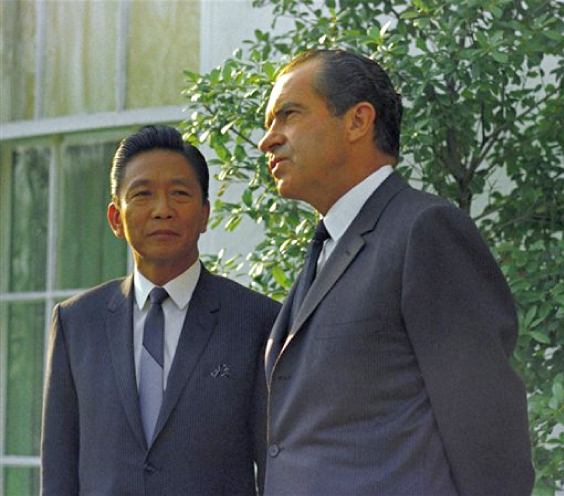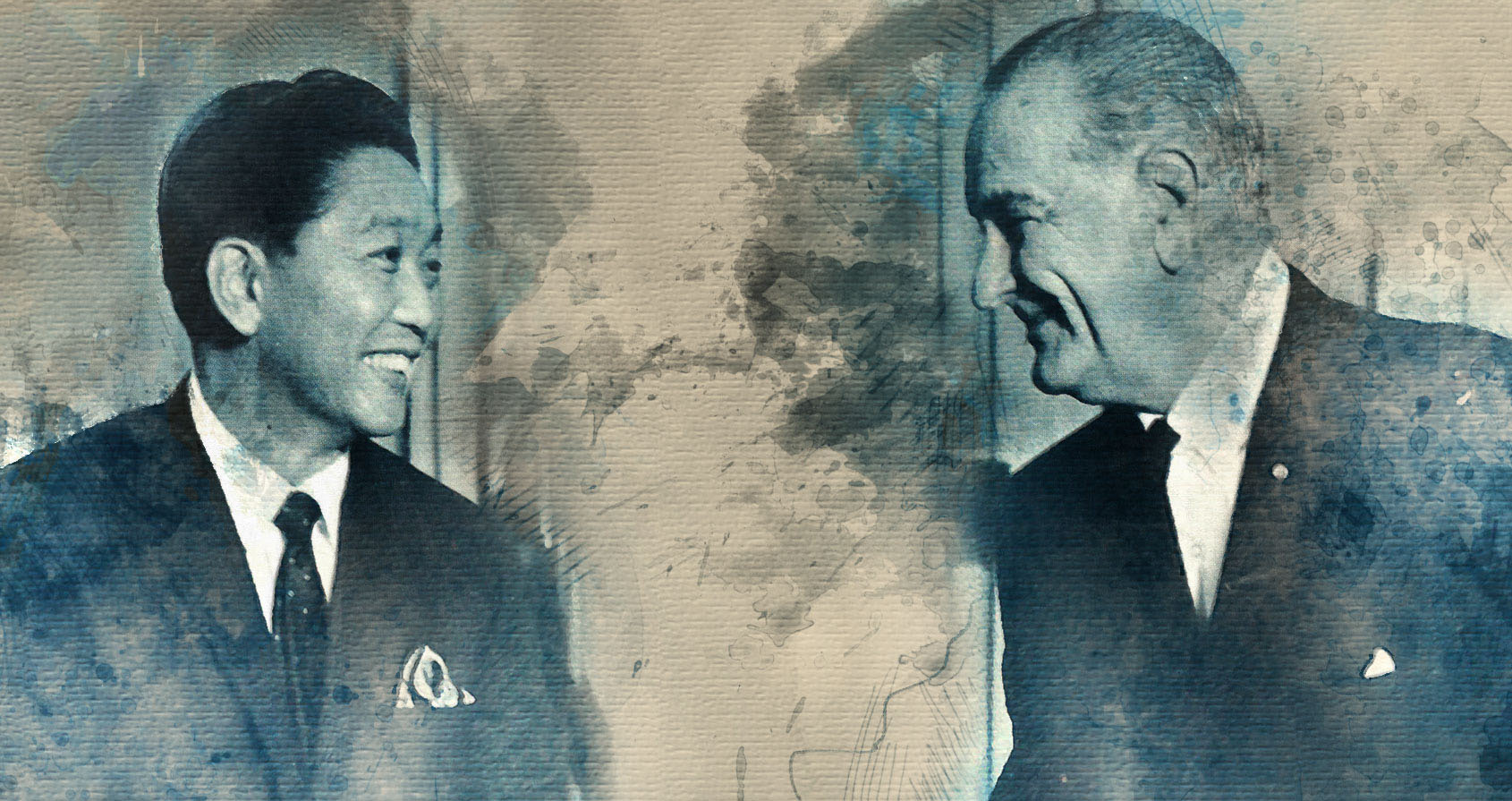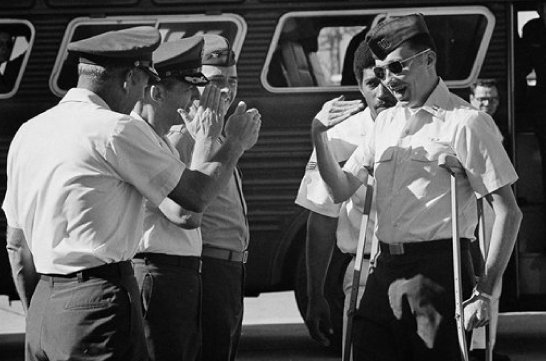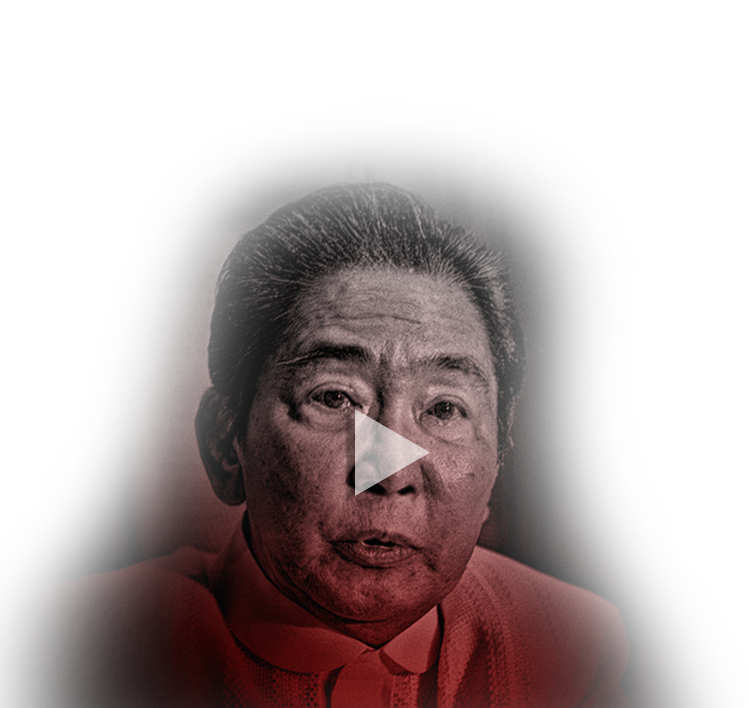The Philippines was not a regional military power during the Marcos years but neither was it the weakest, with the Armed Forces of the Philippines saying it "was one of the most well-equipped militaries in Asia" at that time.
According to a 2004 paper by Andrew Tan for the Institute of Defence and Strategic Studies Singapore, the militaries of Singapore, Malaysia, Indonesia and the Philippines "could be described as militarily weak, with small numbers of major weapon systems."
Tan, a strategic analyst who specializes in defense and security studies, cites "The Military Balance 1974-75" for a snapshot of military capabilities of Southeast Asian states in 1974 that shows the Philippines trailing Thailand in personnel, 274,000 to 396,000.
The AFP was also behind the militaries of Thailand, Laos, Cambodia and Singapore in combat aircraft. The Philippine Air Force had 36 aircraft units in 1974, putting at par with Malaysia.
Thailand had 105 combat aircraft. Laos, which was fighting a civil war at the time, had 85 planes, with "most of the combat aircraft consisted of US-supplied T-28 ground attack aircraft," wrote Tan. Singapore had 65 and Cambodia had 64.
By the time Marcos became president, the Air Force's moment in the sun: The jet-equipped Limbas Squadron's stint as part of the UN Peacekeeping Force in the Congo was two years in the past. The Philippine Expeditionary Force to Korea had been home for around a decade.
It is true, however, that Marcos significantly invested in making the military more powerful. Journalist and Manila Times columnist Rigoberto Tiglao wrote in "Dictatorship and Revolution: Roots of People's Power" that Marcos "institutionalized the military as a locus of power in Philippine society."
By 1975, Tiglao wrote, the AFP had around 250,000 troops by the end of 1975 from just 60,000 personnel in 1972. The military budget also jumped to P4 billion in 1976 from P880 million in 1972.
While Marcos gave the AFP more money and equipment, that came with a price: Loyalty to him as loyalty to the republic.
As commander-in-chief, he had the final say in promotions and in extensions of service, and he managed to fill the military leadership with officers from the Ilocos region, his turf.
Tiglao writes that eighteen of 22 generals in the Philippine Constabulary were from the Ilocos region and its Metropolitan Command was heavily "Ilocanized".
At the head of Marcos' military machine was Gen. Fabian Ver, a close relative who had control of an intensive intelligence network that included the Presidential Guard Battalion, Intelligence Service of the AFP and the National Intelligence Service Authority.
The Presidential Guard, precursor of the modern Presidential Security Group, was headed by Irwin Ver, the AFP chief-of-staff's son.
More significant than the increase in personnel, money and equipment is what the strengthened military was used for: What Tiglao calls "one of the bloodiest eras in Philippine history." He notes the use of hamletting—clearing an area of an alleged rebel presence and maintaining a military presence to keep them out—torture, and summary killings.
"For the first time, the country acquired dubious distinction of being one of the most notorious violators of human rights," Tiglao also wrote.
A board created to process the reparation claims of human rights victims under the Marcos administration is still going through the applications of around 75,000 victims.
It did not help that militarization in the provinces was done through paramilitary units with members recruited from among local toughs.
"Rape, summary executions, salvaging and torture of suspected rebels were common occurrences where these groups operated," Tiglao added.
Power behind the 'power': US military presence and aid
The biggest weapon in Marcos' arsenal, however, was backing from the US, which had military bases in Clark and Subic until 1992.
The AFP acknowledges this on its website, saying its strength during the Cold War "was because of a tight diplomatic-relationship with the United States in battling the threat of Communism."
Tan, in 2004, said "the Philippines was able to circumvent the problem of external defense through the security alliance with the United States. The huge US basing facilities at Subic Bay and Clark Air Base provided a solid guarantee to Philippine external security and also an effective deterrent against any external threat."
"Throughout the Cold War, Philippine outposts were major staging areas for land, sea, and air forces during the Vietnam War. At the height of US deployment in the 1980s, there were between thirteen and fifteen thousand military personnel and twelve thousand Department of Defense civilians based in the Philippines," US-based policy think tank Council on Foreign Relations wrote in 2016.
US military aid to the Philippines increased from .2 million between 1970 and 1972 to .8 million between 1973 and 1975. Tiglao noted that in 1973, "there was a 100-percent increase amounting to .3 million compared to the previous year's level of .5 million."
That aid included the acquisition on credit of Vietnam War-tested military equipment from M16s to M-113 armored personnel carriers, helicopters and transport planes.
An allegedly leaked State Department cable from 1978 suggests that US government employees edited a human rights report on the Philippines because it might come out "at a particularly sensitive or critical point in base negotiations."
The cable, posted by WikiLeaks, said that a US office in Manila "used a fine-tooth comb to remove/alter phrases which would likely be jumped upon by leadership, media or public as unduly emotional." Among those phrases was a reference to a monopoly of power by Marcos.
In fact, Marcos raised the bases issue as late into his administration as Feb. 17, 1986, when the US said it might reconsider aid to the Philippines over concerns that the elections had been tainted.
"If that happens, we'll have to talk about renegotiating the bases," a Los Angeles Times report quoted him as saying. "... even without the question of aid, we have to renegotiate those bases anyway."
The same report noted that Marcos "often uses the bases as pawns when attempting to gain leverage in disputes with the United States, though he never has threatened to shut them down."
Aurora de Dios wrote in "Dictatorship and Revolution" that the US had been content to support Marcos "as long as he persisted in an indomitable counterinsurgency policy perennially backed by a burgeoning counterpart AFP budget."
Two decades in, however, the US felt that "despite continued, even doubled military assistance to the dictatorship, the insurgency problem worsened, political forces polarized and Marcos ineluctably compromised US interests."
That, as well as mounting international notoriety and concern over human rights violations made support for the regime untenable.
"What gradually appalled the US government was that the dictatorship's own resolute counterinsurgency effort had simply backfired under the Marcos-Ver [Fabian, AFP chief] leadership with political corruption and deprofessionalization of the AFP cultivated deliberately by personal loyalty and patronage."
Tan, writing in 2004 about the AFP in the late 1990s, said that legacy lasted long after the regime was overthrown.
The so-called regional military power had been hobbled by the AFP's "political factionalism and involvement in domestic politics, a trend encouraged by Marcos and which later led to a breakdown in cohesiveness during the Aquino era from 1987." — Philstar.com NewsLab

